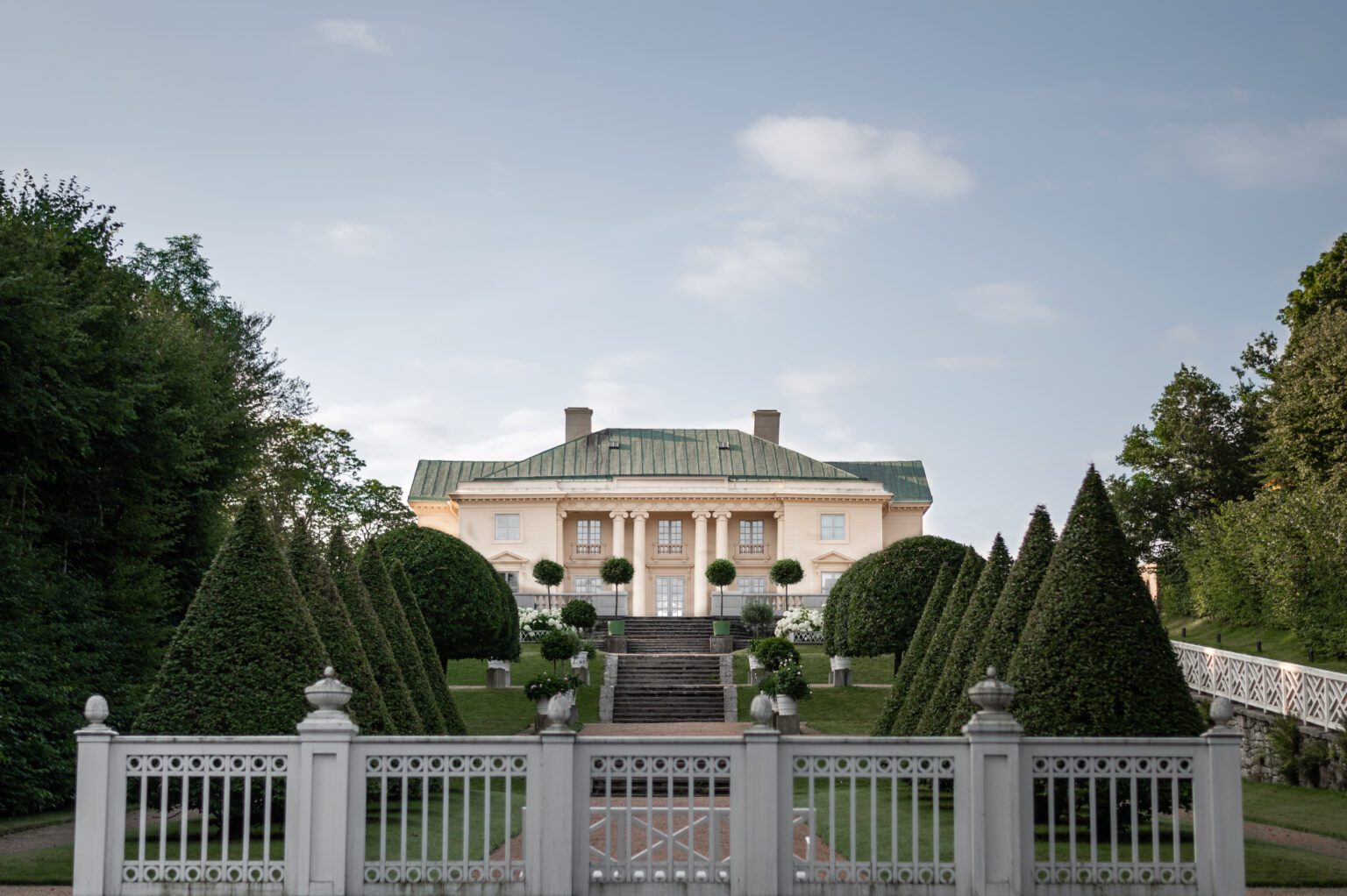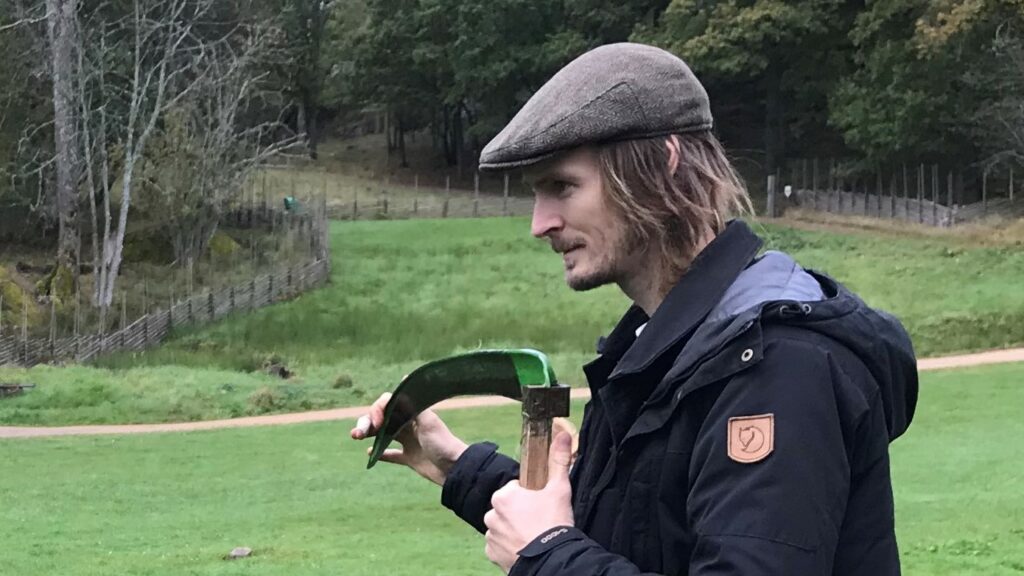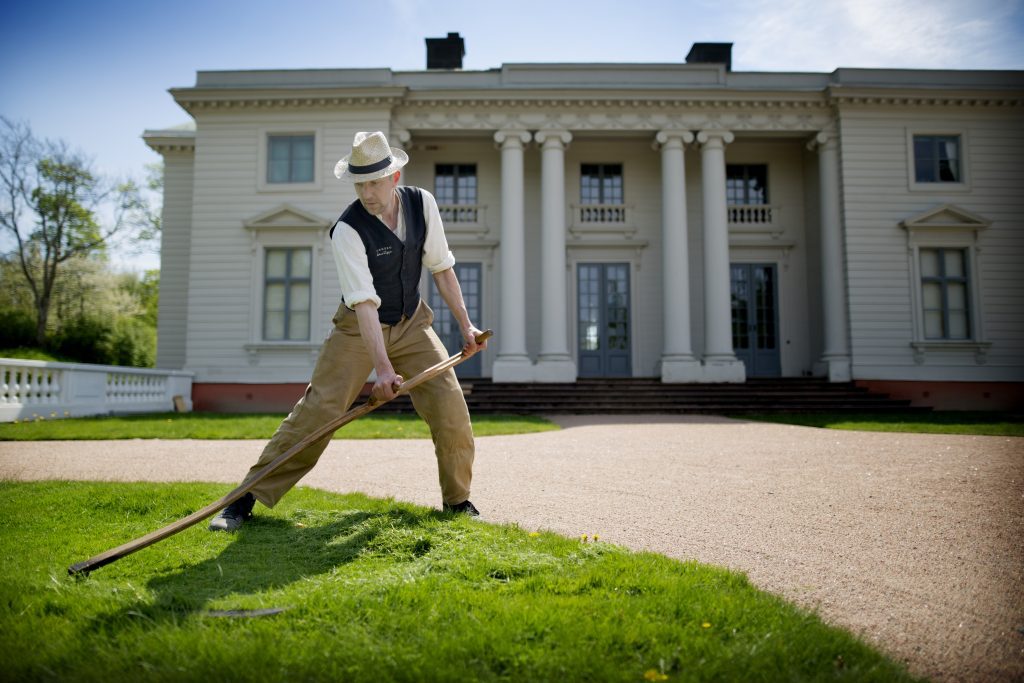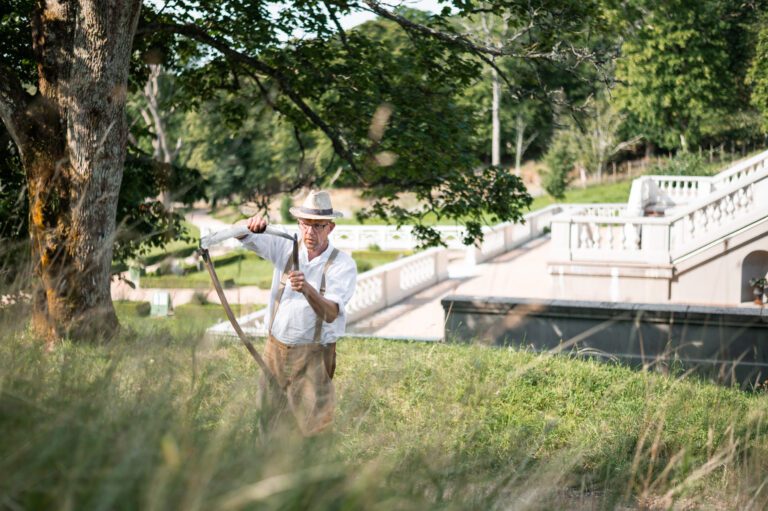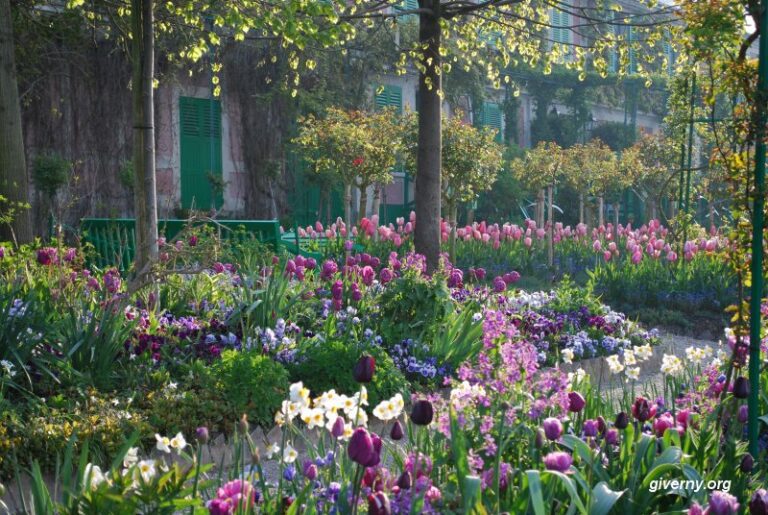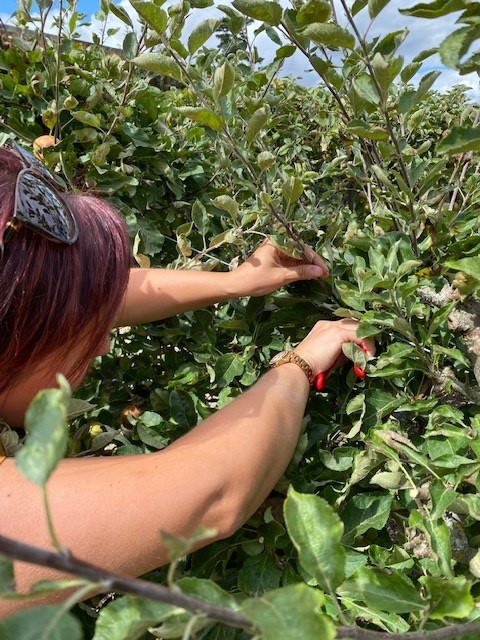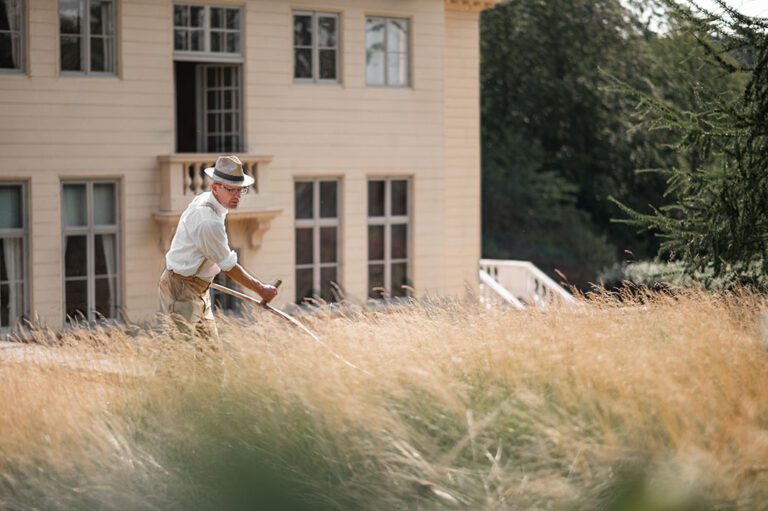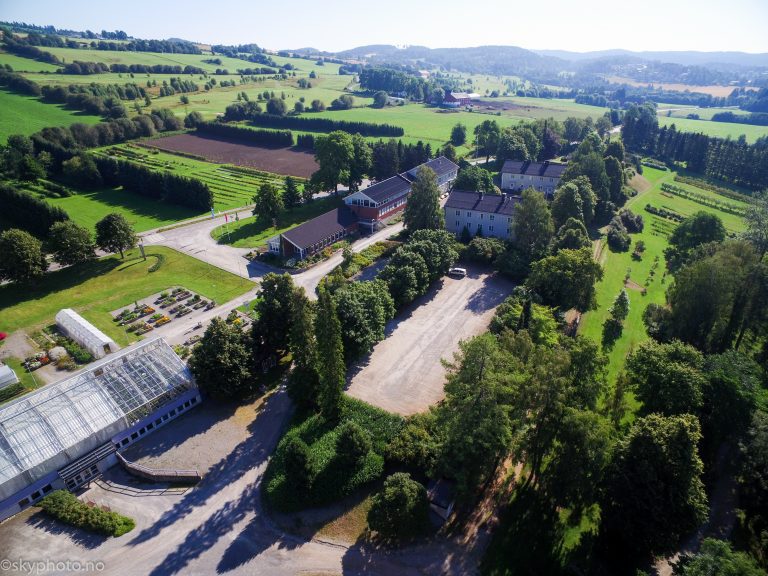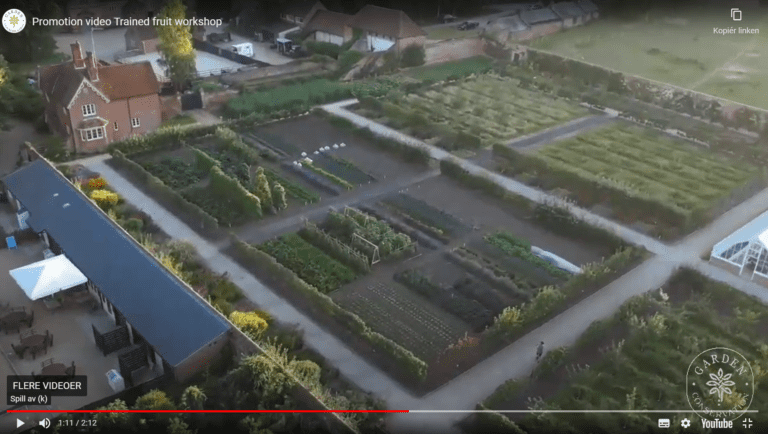Topiary experts from the UK will also train us in the secrets of their art, showing how neglected specimens can be brought back to their full glory and kept in the best of health. Any nesting birds in the vicinity will have been noted and carefully avoided as this workshop just pre-empts the usual hedge trimming season in Scandinavia.
Shelter, structure and formality
Hedges have been used for centuries in gardens throughout Europe to provide shelter, structure and formality, while the refined art of topiary can turn both historic and contemporary gardens into living sculpture galleries. Now we ask even more of our hedges in our search for wildlife habitats and protection from the impacts of climate change. Can we learn anything from how hedges have been managed in the past and how should we be adapting those practices for more sustainable gardens in the future?
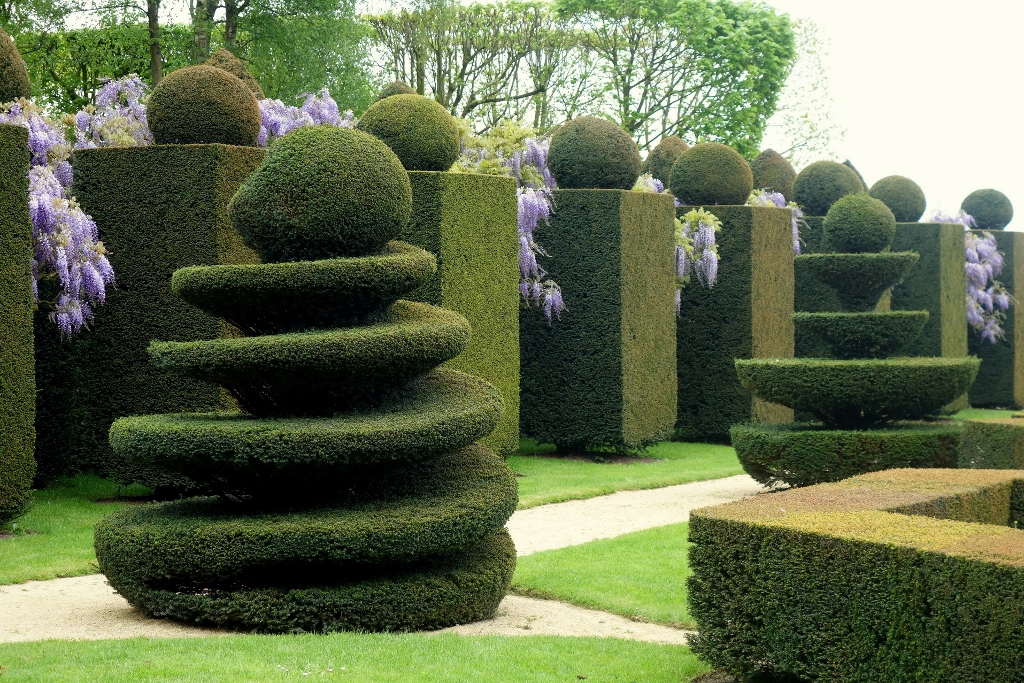
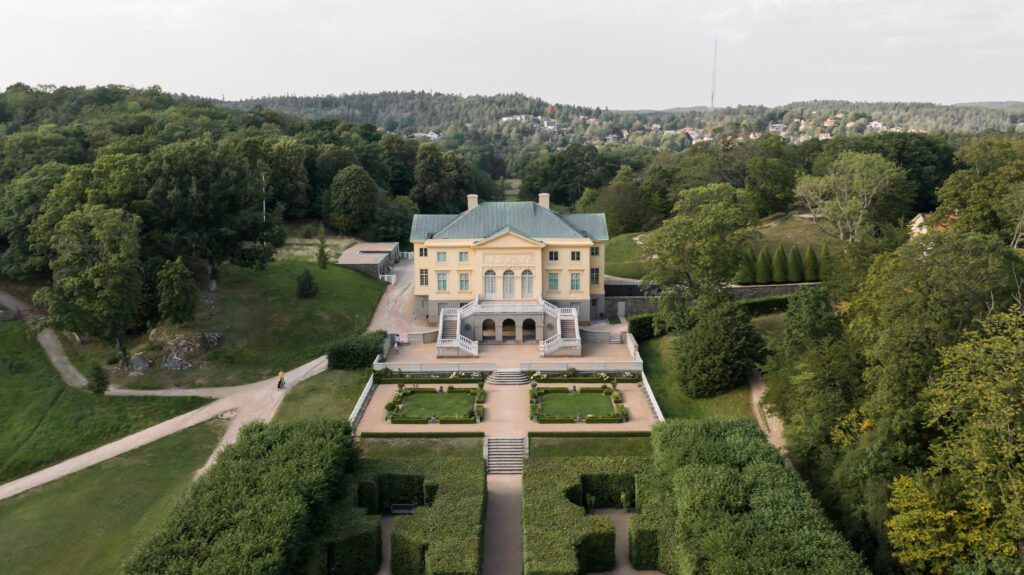
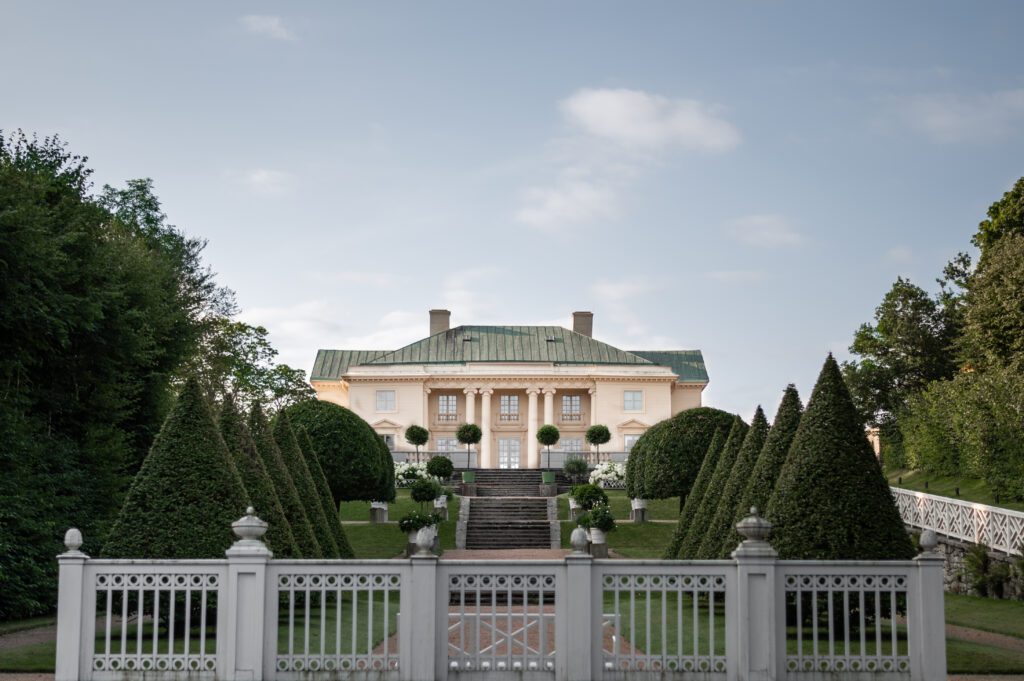
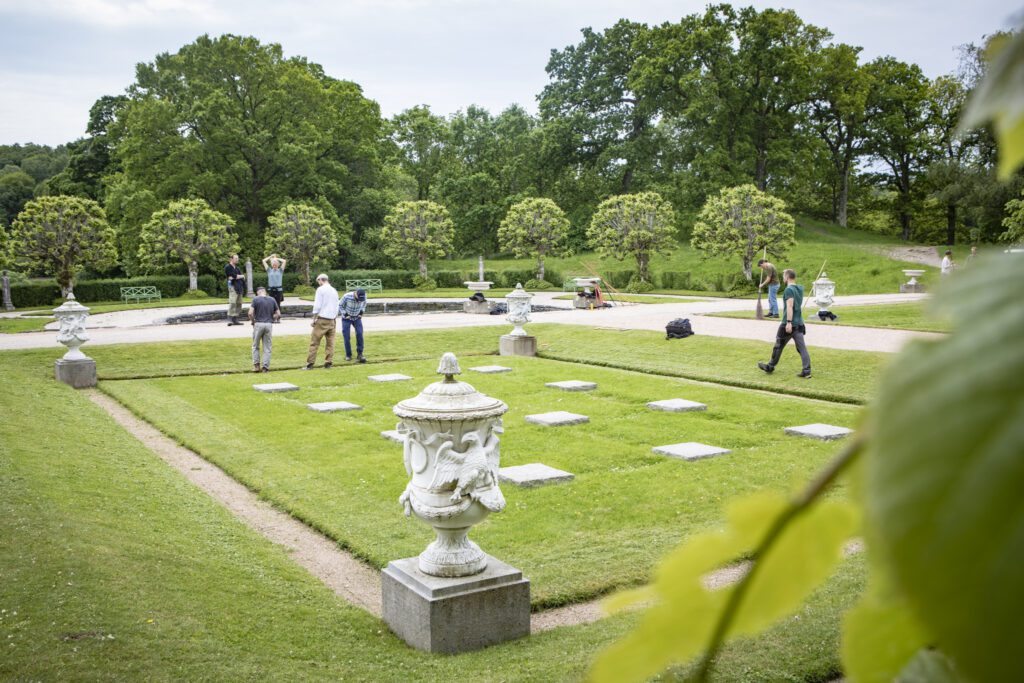
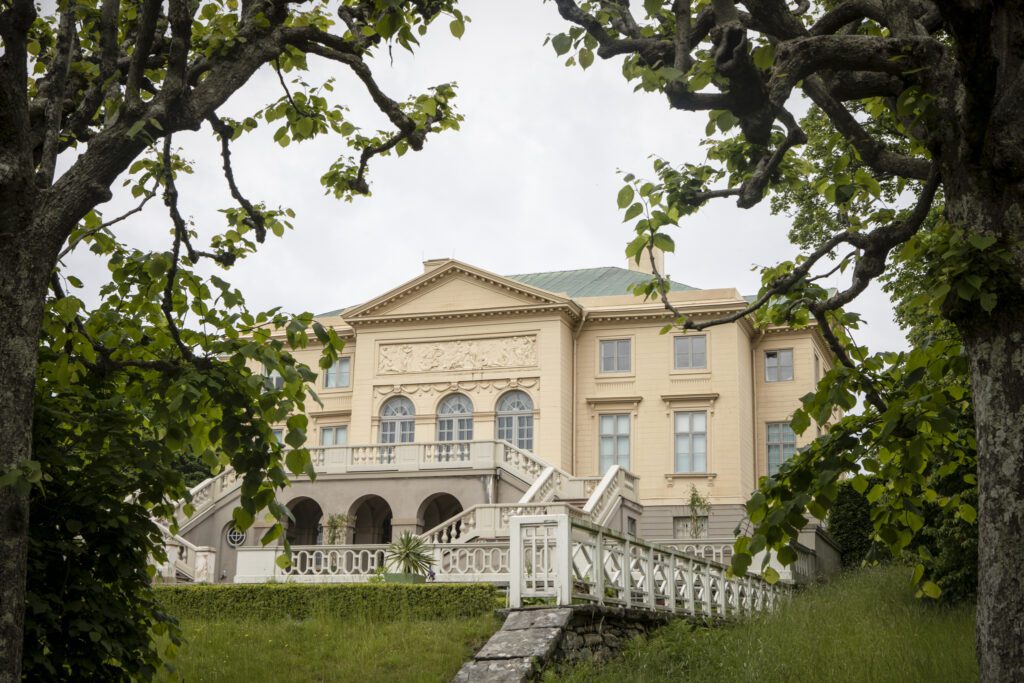
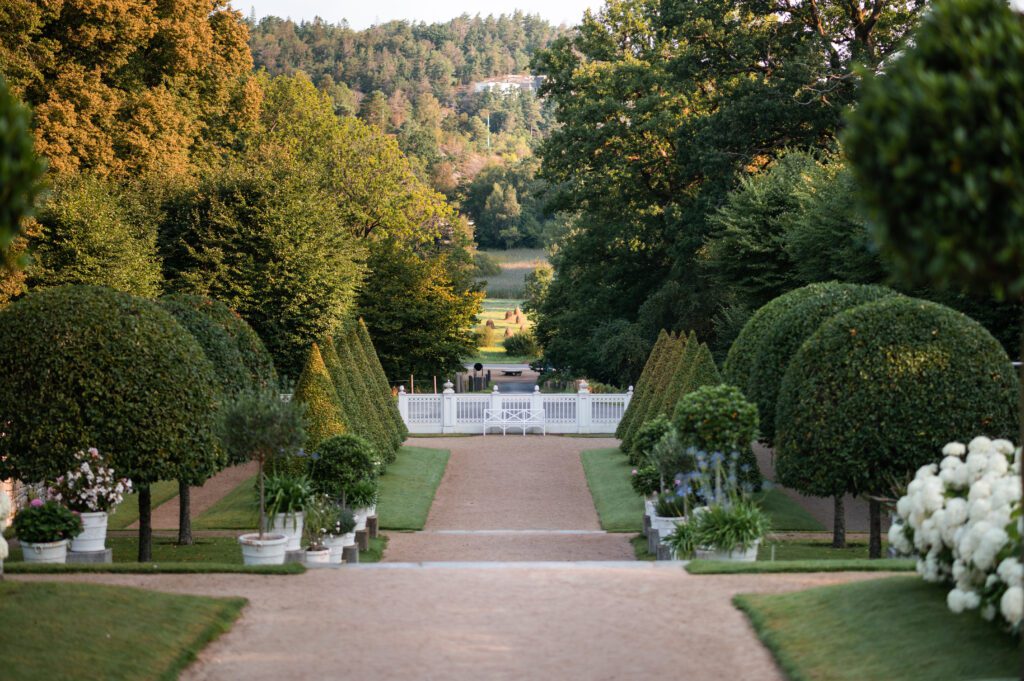
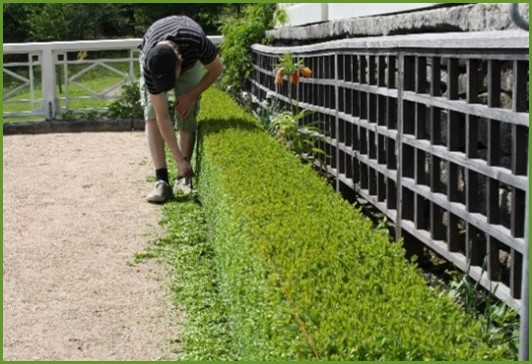
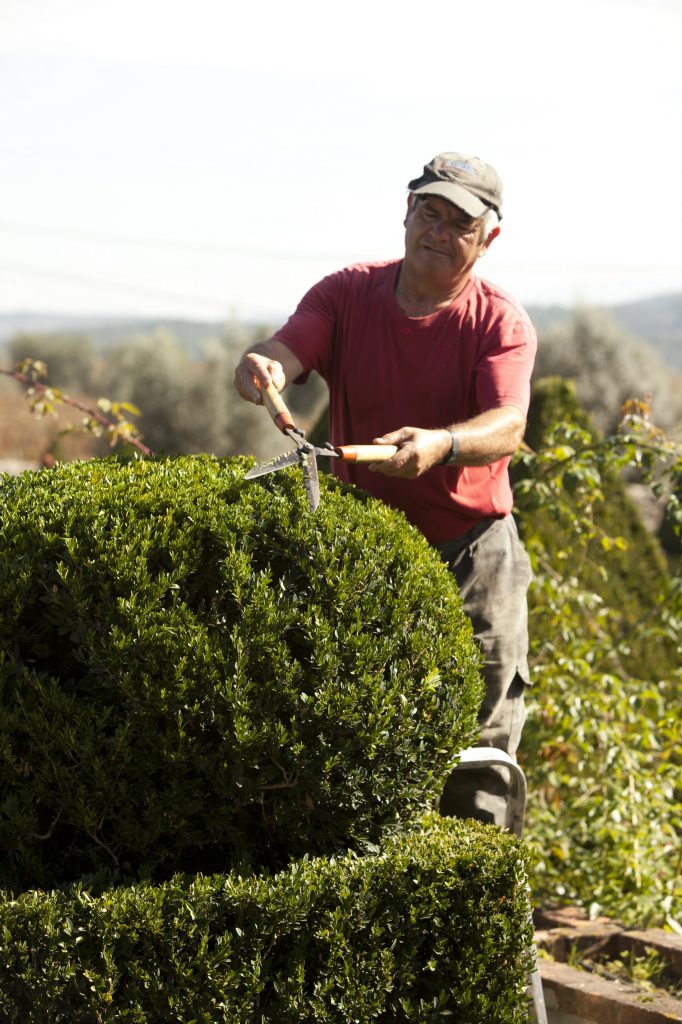
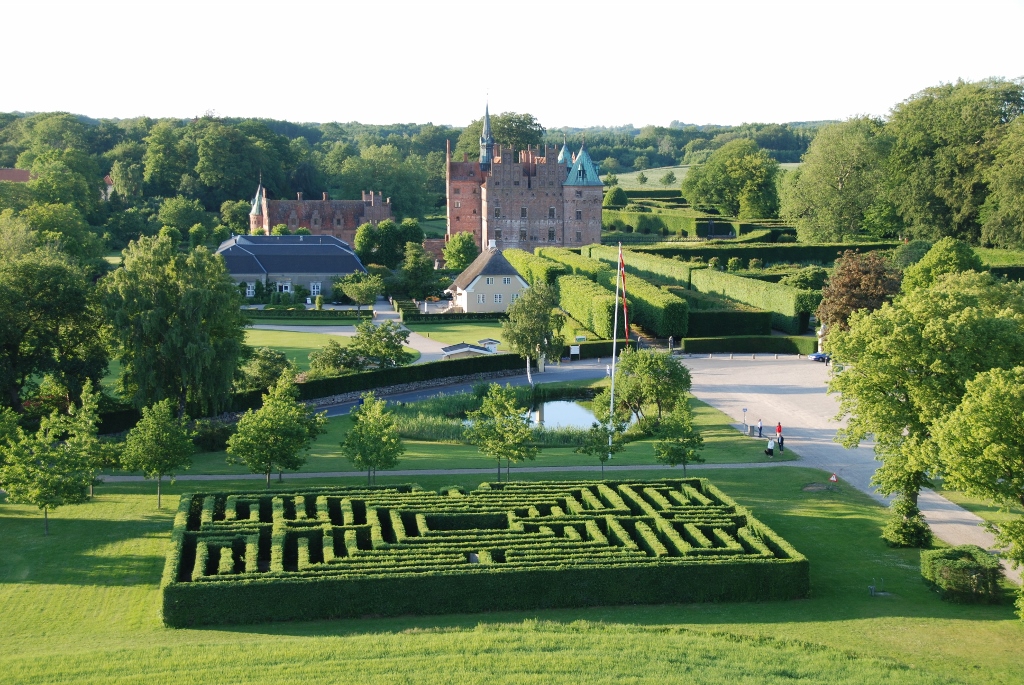
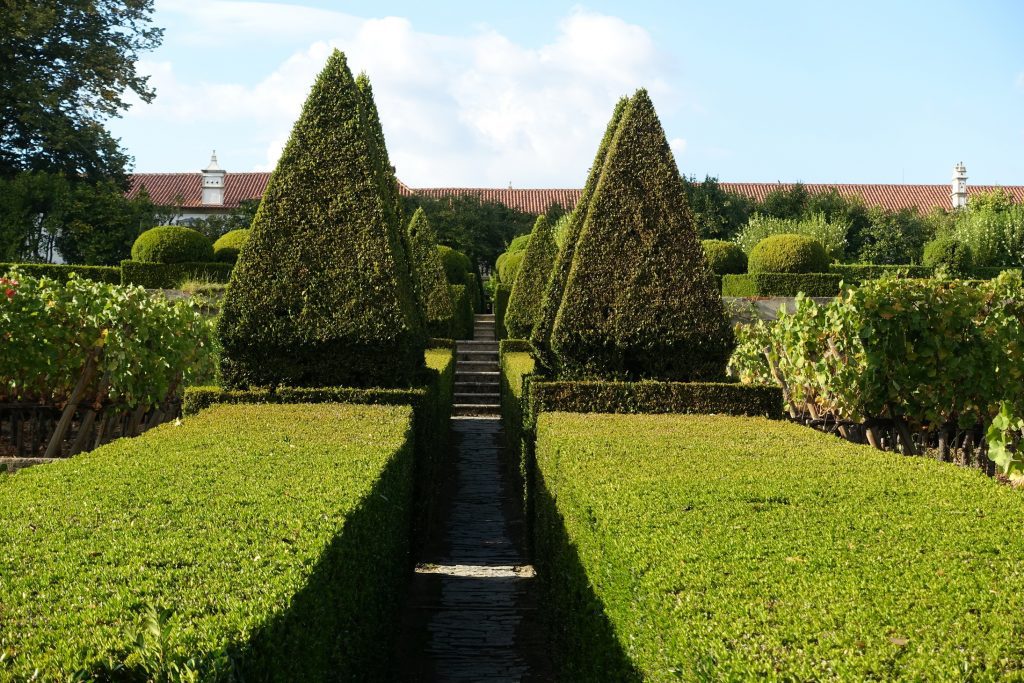

Creation, maintenance and restoration
This workshop is following up the winter webinar hosted by Gunnebo on the 7th of February. Hedges and topiary are important structural and decorative elements of most historic gardens. The creation, maintenance and restoration of these elements require significant skills. Today these gardens are mostly maintained with contemporary power tools, but during the webinar the historical gardening practice as well as contemporary solutions were presented. The speakers on the webinar also presented the function and aesthetics of hedges and topiary in historic gardens as well as their creation and reconstruction. Plant choices then and now and traditional versus modern technology for maintaining hedges and topiary are also interesting topics in this context. Our activities on Hedges and topiary, the webinar and workshop, are considering hedges and topiary from the perspective of cultural heritage, sustainability and biodiversity as well as the effects of climate change.
Tekst: Catherine Nicoll and Joakim Seiler
